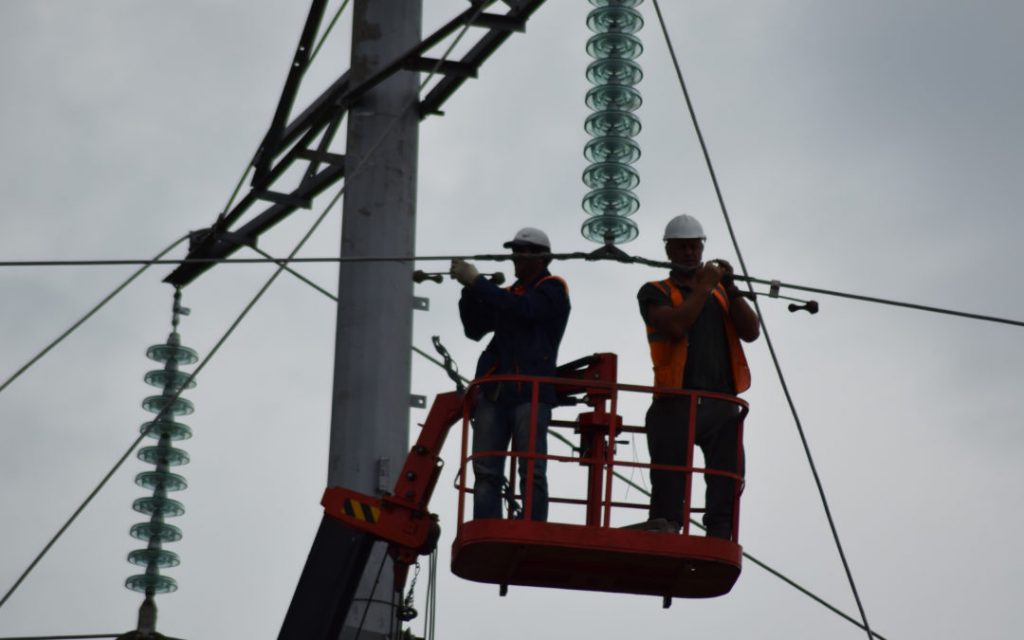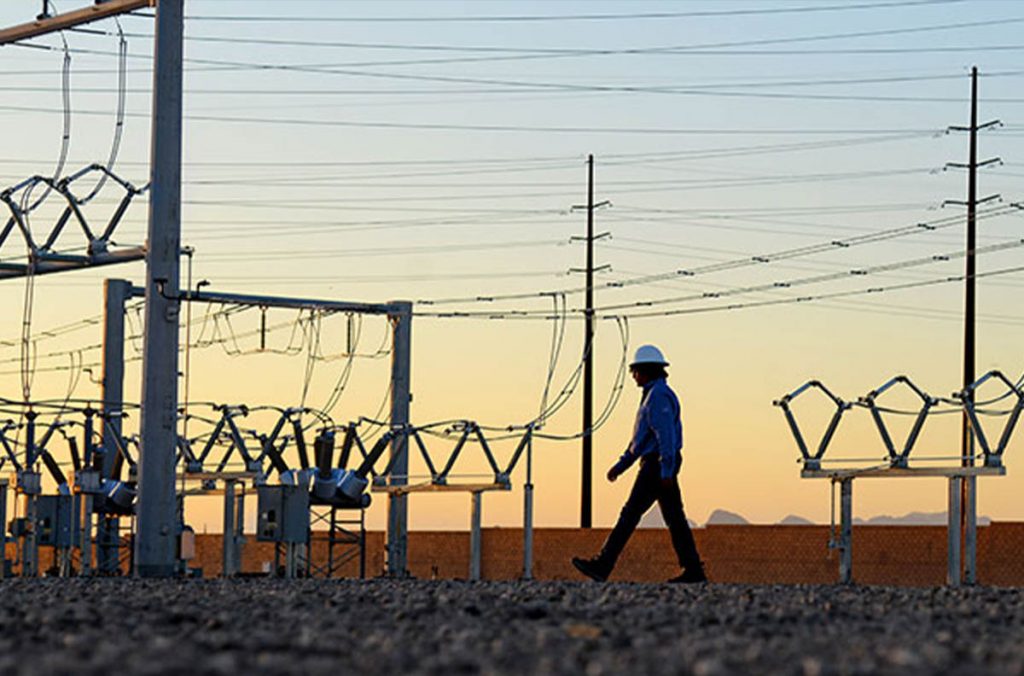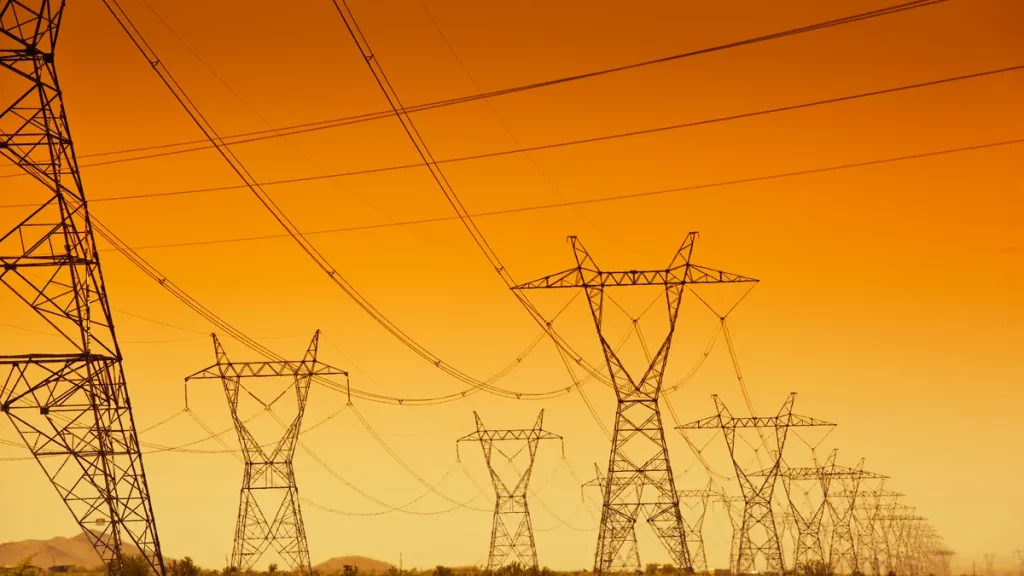The U.S. is facing a collision of trends: aging power infrastructure, surging demand, and escalating climate volatility. Taken together, they underscore why grid hardening and modernization can no longer be treated as optional upgrades, they are critical to keeping the lights on in an era defined by electrification and disruption.
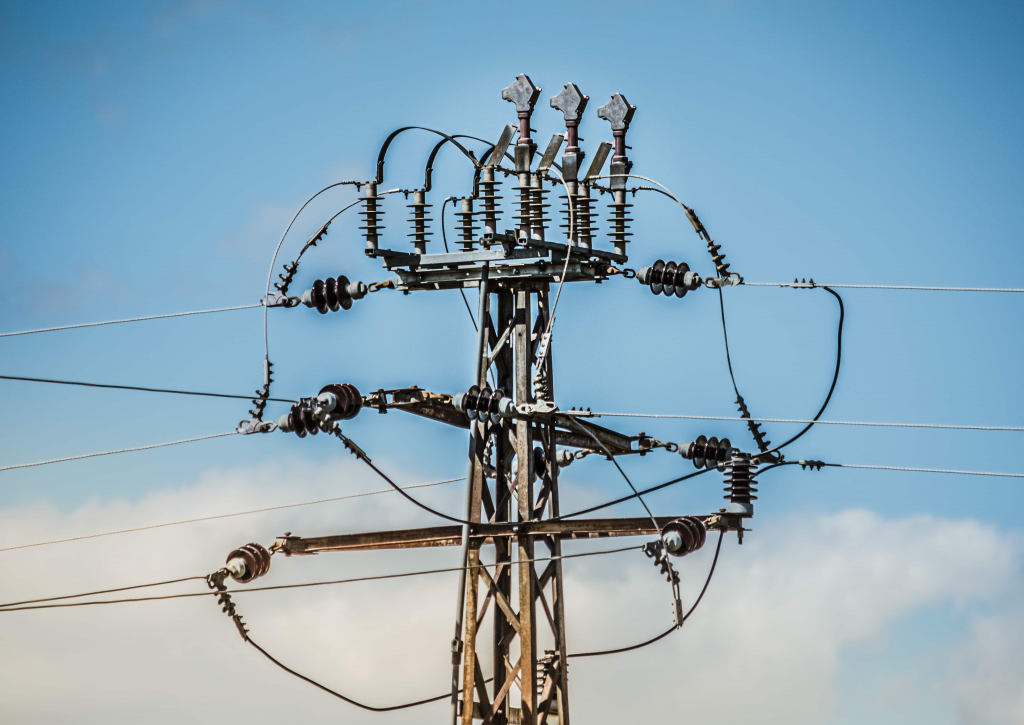
The Problem: Old Grids in a New World
- Nearly 70% of U.S. transmission lines are over 25 years old, with some components dating back to the 1940s.
- The U.S. experienced 27 separate billion dollar weather disasters in 2024 alone, the second worst year on record.
- Global electricity demand is accelerating, driven by EV adoption, AI data centers, industrial reshoring, and climate driven cooling needs.
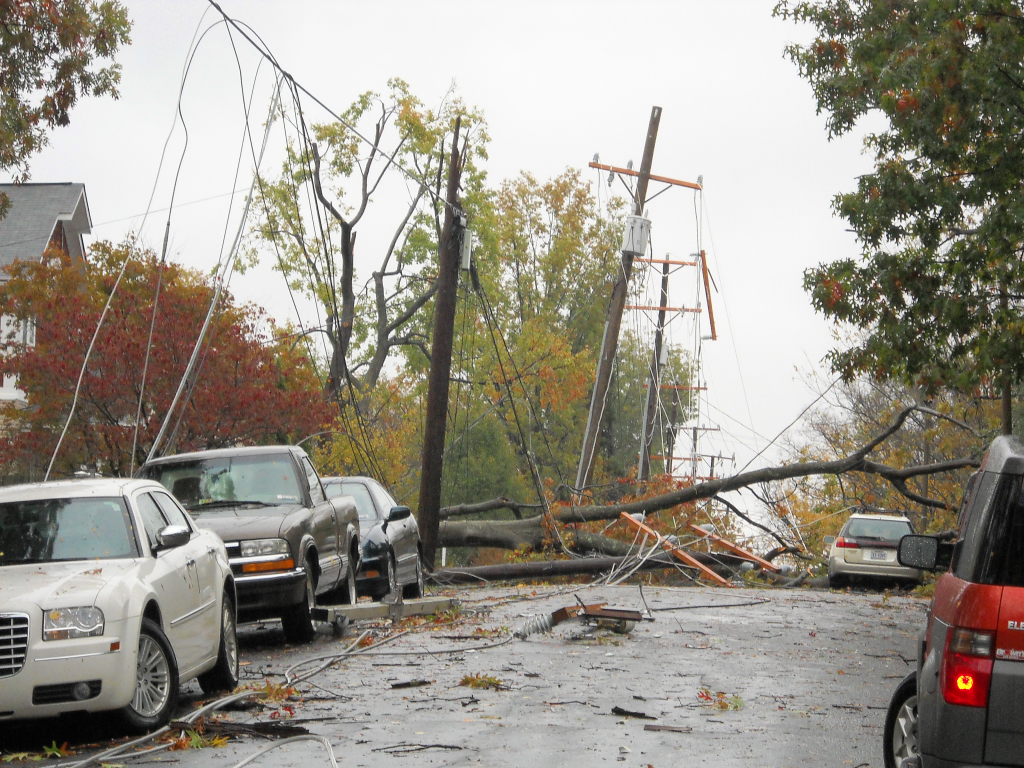
Grids designed as one way delivery systems now face two way power flows, rooftop solar inputs, and distributed generation. The design mismatch is growing harder to ignore.
Resilience Means More Than Recovery
Experts argue the conversation must move beyond outage response to structural resilience, built on three pillars:
- Endurance: Harder assets that withstand heat, wind, flooding, and stress, including underground lines and weatherized substations.
- Adaptability: Smart grid systems with sensors, automation, and AI based controls to reconfigure in real time.
- Recovery: Modular infrastructure, remote operations, and predictive maintenance to speed restoration and avoid cascading failures.
The Scale of the Challenge
Globally, meeting the electrification surge will require 50 billion miles of new or modernized grid infrastructure by 2040, essentially rebuilding the entire grid system in just 15 years. The price tag is staggering, but so are the risks of inaction.

Investor Lens: Why This Matters
For energy investors, the fragility of the grid translates into both risk and opportunity. Outages, curtailments, and volatile capacity prices will continue to hit unprepared markets. But capital is already flowing into solutions:
- Behind-the-Meter generation and storage to bypass fragile infrastructure.
- Microgrids and modular assets that offer localized reliability.
- Grid digitalization to unlock efficiency and resilience.
Smartland Energy’s Take
The energy transition isn’t just about adding renewables, it’s about reinforcing the backbone that carries them. As utilities race to modernize, Smartland Energy is focused on Behind-the-Meter strategies that bring resilience closer to the load. In a world of aging grids and rising volatility, localized power isn’t just a hedge, it’s a necessity.
The grids we inherited weren’t built for this century. Building the next one will require trillions in investment, and the winners will be those who deliver resilience that lasts.
